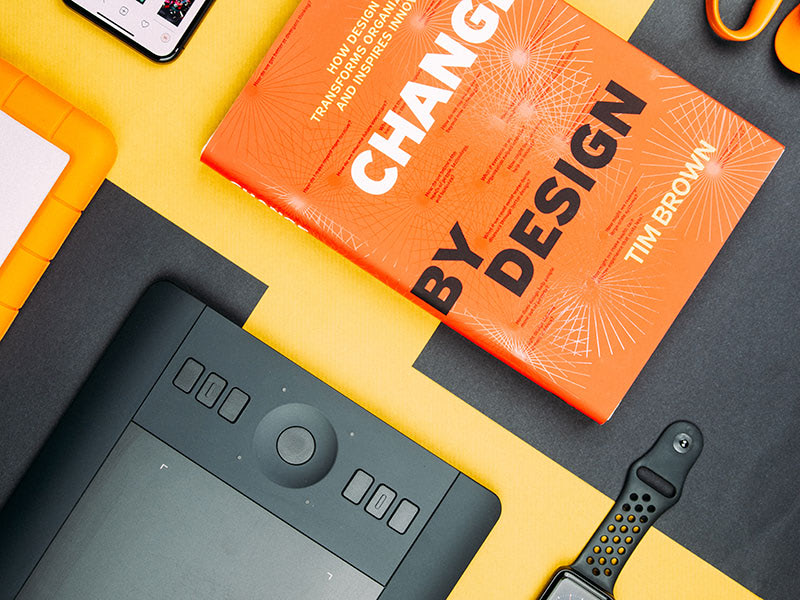In the rapidly evolving landscape of technology, user interface (UI) and user experience (UX) design play pivotal roles in shaping digital interactions. As we stride into 2024, the expectations of users are higher than ever, demanding seamless, intuitive, and visually appealing experiences across all digital platforms. In this blog post, we’ll delve into the cutting-edge UI/UX practices that are defining 2024 and beyond.
- Personalization is Key:
Personalization has become more than just a trend; it’s an expectation. Users anticipate experiences tailored to their preferences, behaviors, and past interactions. Leveraging data analytics and AI algorithms, designers can create personalized UI/UX journeys that anticipate user needs, thus enhancing engagement and satisfaction.
- Accessibility Matters:
Accessibility is not an afterthought but a core component of UI/UX design. Inclusive design principles ensure that digital experiences are usable by individuals of all abilities. From implementing screen reader compatibility to designing for color blindness, prioritizing accessibility fosters a more inclusive digital ecosystem.
- Immersive Experiences with AR and VR:
Augmented Reality (AR) and Virtual Reality (VR) technologies are revolutionizing UI/UX design by offering immersive experiences. Integrating AR/VR elements into interfaces enhances engagement and provides users with interactive and memorable experiences, especially in industries like gaming, e-commerce, and education.
- Voice User Interfaces (VUI):
With the proliferation of smart speakers and virtual assistants, VUI design is gaining prominence. Designers need to create intuitive voice interactions that are conversational, context-aware, and error-tolerant. Seamless integration of VUI into existing UI/UX frameworks enriches user experiences and simplifies tasks through voice commands.
- Microinteractions and Motion Design:
Microinteractions and motion design elements add life to digital interfaces, making interactions more engaging and delightful. Subtle animations, transitions, and feedback mechanisms provide users with visual cues, enhancing usability and intuitiveness. However, it’s crucial to strike a balance between animation and performance to avoid overwhelming users.
- Minimalistic and Purposeful Design:
In the era of information overload, minimalistic design approaches resonate with users seeking simplicity and clarity. Embracing minimalist UI/UX design principles involves decluttering interfaces, prioritizing content, and employing whitespace effectively. Every design element should serve a purpose, contributing to a seamless and distraction-free user experience.
- Dark Mode and Beyond:
Dark mode has emerged as a popular UI trend, offering users a visually comfortable experience, especially in low-light environments. Beyond dark mode, designers are exploring alternative color schemes and visual styles to accommodate diverse user preferences while maintaining readability and aesthetic appeal.
- Cross-Platform Consistency:
With users seamlessly transitioning between devices and platforms, maintaining consistency across different touchpoints is imperative. Adopting design systems and component libraries streamlines the UI/UX development process while ensuring visual coherence and usability across web, mobile, and other platforms.
- Data Privacy and Ethical Design:
In an age of heightened privacy concerns, ethical UI/UX design practices prioritize user consent, transparency, and data protection. Designers must adhere to privacy regulations and embed privacy features into interfaces, fostering trust and accountability among users.
- Continuous Iteration and User Feedback:
UI/UX design is an iterative process that thrives on user feedback and usability testing. Embracing agile methodologies allows designers to gather insights, iterate on designs, and refine user experiences based on real-world usage data, ensuring that digital products evolve to meet user needs effectively.
In conclusion, staying abreast of the latest UI/UX practices is essential for designers aiming to deliver exceptional digital experiences in 2024. By embracing personalization, accessibility, emerging technologies, and ethical design principles, designers can create immersive, intuitive, and inclusive interfaces that resonate with users in an ever-evolving digital landscape.
